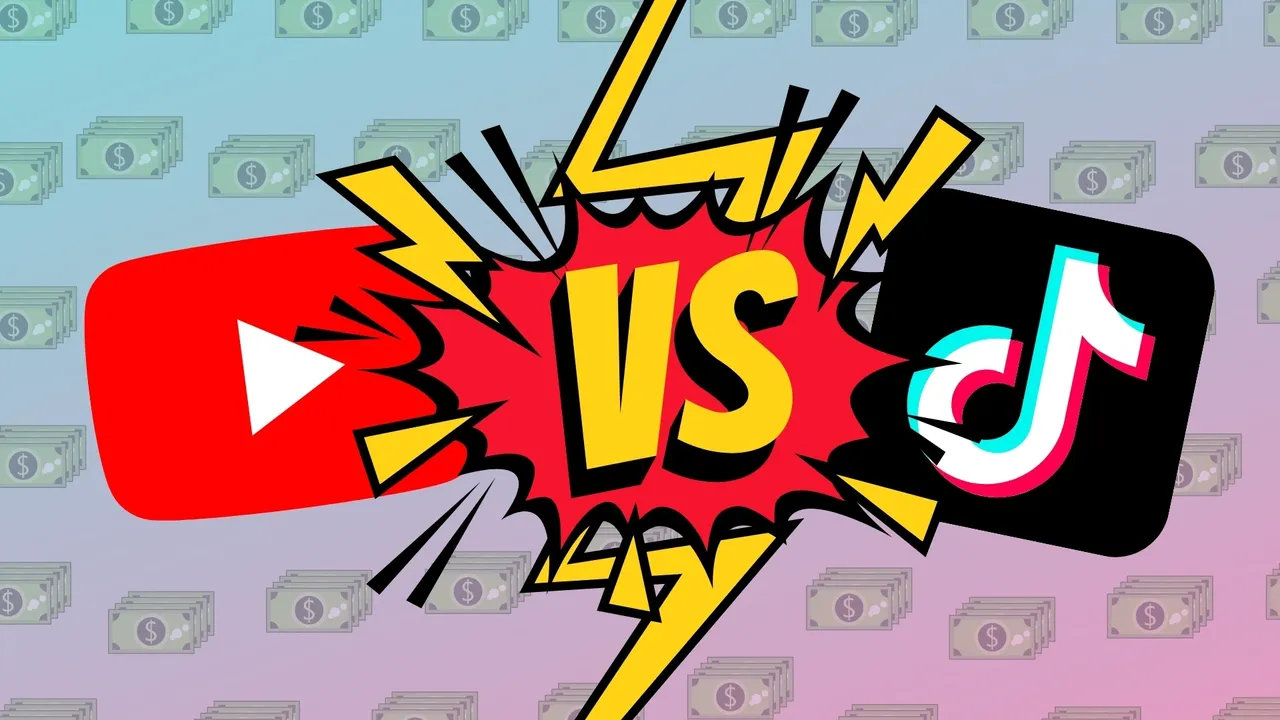The ongoing debate of which is better, YouTube vs. Tik Tok, has gone on since the latter gained fame sometime in 2020. While Tik Tok might be the more trendy and popular app at the moment, YouTube can’t help but pull ahead regarding monetization and opportunity. So, just how big of an existential threat is YouTube to Tik Tok?
David vs. Goliath
Based on this graph by MoneyTransfers.com, while Tik Tok may be the current most popular app in the world and the third-largest Social Media app (1.5+ billion users), the biggest threat to its growth remains to be monetization potential, which YouTube still far excels at. If creators look to really make some money, then YouTube is the clear winner, and by a rather large margin at that.
Given how YouTube Shorts are also a rising key content consideration, it makes sense that more creators would eventually gravitate towards YouTube for all their content needs. Because why post on Tik Tok when you can build a bigger, more rewarding audience on YouTube instead?
Yes, Tik Tok has proven to be a great organic tool – its systems are highly interactive and its algorithms are amazing at essentially shoveling relevant stuff straight down people’s ‘For Your’ Feed. It may be a highly engaging platform, but when it comes to creator monetization, it fails in comparison to its much larger nemesis – YouTube. Back then, a similar app, Vine, showed similar promise. However, Vine eventually shut down because its parent company, Twitter, failed to give the app’s top stars a better revenue-share deal.
Mic once reported:
“The stars had a proposal: If Vine would pay all 18 of them $1.2 million each, roll out several product changes, and open up a more direct line of communication, everyone in the room would agree to produce 12 pieces of monthly original content for the app, or three vines per week.”
In a nutshell, Twitter didn’t, while others like Instagram and YouTube could, hence Vine’s top stars decided to migrate, eventually leading to the app’s shutting down in 2016. Of course, Tik Tok is now way bigger than Vine ever was, but that doesn’t mean that it can’t suffer the same fate. With various creators now clamoring for better payout deals and with no form of direct monetization available, Tik Tok mainly relies on its creators to organize their own brand sponsorships and integrate commerce listings into their process, which you don’t have to on YouTube.
On YouTube, you only have to sign up for the Partner Program, create an AdSense account, and start raking in the cash. While you have to meet certain thresholds to qualify, those tradeoffs are small compared to what you can achieve with YouTube’s well-established monetization systems.
The Wrap
However, Tik Tok’s only just getting started. Though its top earners’ graph doesn’t look that sparkly, it doesn’t account for the other off-platform deals that can stem from Tik Tok’s cultural influence. The D’Amelio sisters have their own TV show, and Addison Rae already starred in a Netflix film.
Most YouTubers have been creating content on the platform for years before reaching their monumental statuses right now, while Tik Tok has only been around for a short time and is already claiming various accolades. So while it may lose out initially, Tik Tok is a different story in itself. Tik Tok is still a growing young platform, but for the most part, YouTube remains its most significant threat.
Subscribe to our ‘Bottoms Up!’ Newsletter. Get the latest social media blogs about news, updates, trends, and effective social media strategies to take your business to the highest level from Tristan Ahumada and Jeff Pfitzer.
Sources

